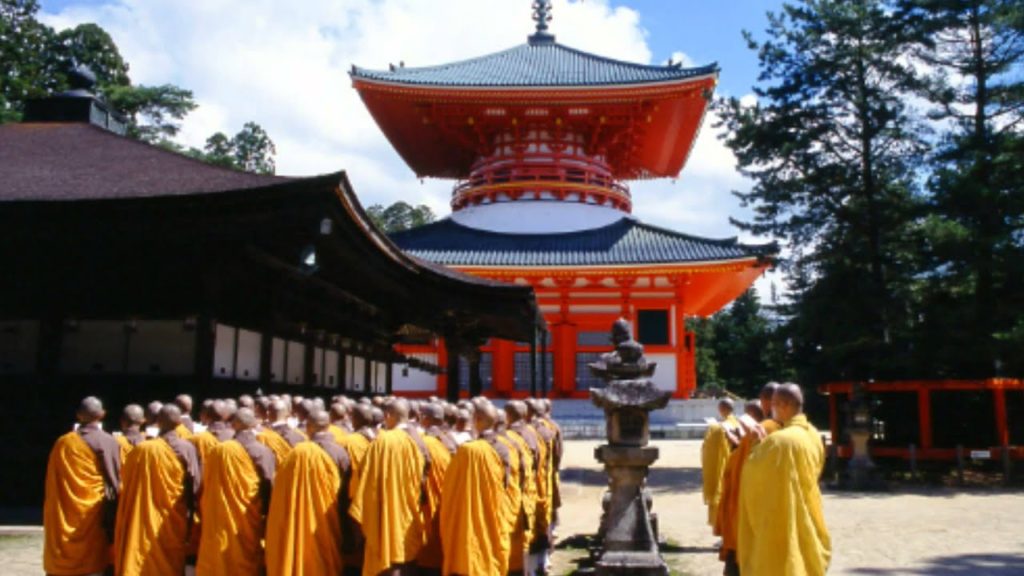Japan Travel: Beauty and History at the Kongobuji Temple in Wakayama 11
Kongobuji Temple, located center of Koya-Town in Wakayama Prefecture, was constructed in 1593 by Toyotomi Hideyoshi in honor of his mother. Later merged with another temple, Kongobuji Temple became the head temple of Shingon Buddhism, a Buddhist sect introduced to Japan by Kobo Daishi in 805.
The vast grounds of the Kongobuji Temple have numerous buildings with different rooms for the various temple functions. Visitors are allowed to enter the building for a small fee but please be aware that wearing shoes within the premises is not allowed. Once paying the entrance fee, visitors will first approach the Ohiroma Room. Important rituals and religious ceremonies were conducted here. The room’s sliding doors (fusuma) are decorated with cranes painted by the famous Kano Tanyu.
Next to the Ohiroma Room are the “Plum” and “Willow” Room, so named by the paintings on the fusuma (sliding door). The Willow Room is where Toyotomi Hidetsugu ended his own life as he was ordered to do so by his uncle Hideyoshi.
Visitors will be directed to the long corridor which leads to a recent addition to the temple. In a large tatami room, visitors are invited to rest and enjoy some tea and a cookie.
Visitors will find rooms whose fusuma (sliding doors) are decorated in seasonal flowers in the adjacent building. Here, visitors can see displays about Kobo Daishi, his journey to China and his founding of Koyasan.
The Banryutei Rock Garden is located behind this building. The largest rock garden in Japan, Banryutei Rock Garden was constructed in 1984. The largest rocks are from Shikoku, the birthplace of Kobo Daishi. They represent a pair of dragons emerging from a sea of clouds.
The recommended temple route will lead back to Kongobuji’s main building. Here visitors can see the Jodannoma Audience room, an extravagant room used to receive visiting Dignitaries. The room’s walls and fusuma (sliding door) are covered in gold. The ceilings even have flower carvings.
The last room of the Kongobuji Temple tour is the kitchen. With its large hearth, the kamado stoves were large enough to feed up to 2000 people.
Subscribe link :
Moopon :
facebook:
How to use free Wi-Fi in Japan:


AloJapan.com